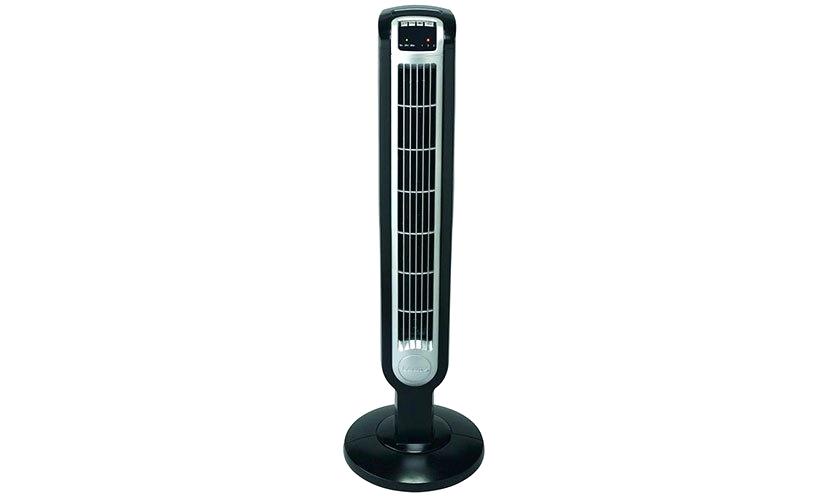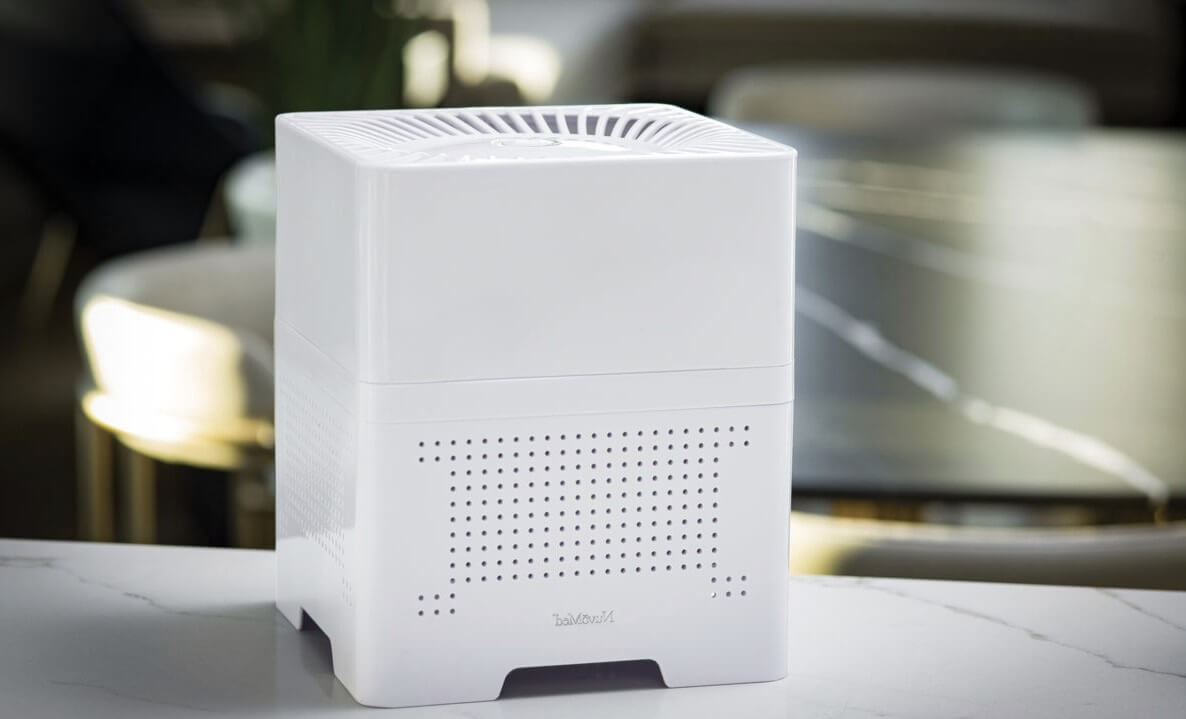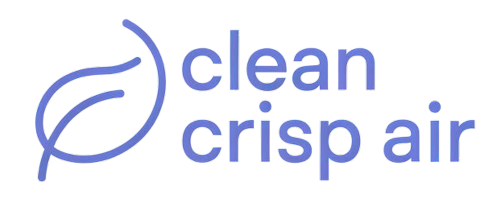Fans, especially today, come with more complicated buttons and settings, and one of those confusing buttons is the ‘ion’ button.
Many may wonder, what does the ion setting on a fan do? On a fan, the word ‘ion’ means that the fan has an air purification feature. The ionizer button on your fan might read ION, Ionizer, or ANION.

Once you turn on the ion setting, negative particles fill the air. These particles attract impurities into the air.
Once they collect into clusters, they land on nearby surfaces, such as floors, carpets, tables, ceilings, shelves, curtains, and beds, resulting in cleaner and fresher air.
Some fans even come with collection plates for these particles to land on.
The negative ions reduce the presence of dust mites, bad odors, pollen, mold spores, mildew spores, and harmful impurities left in the air from cigarette smoke finding its way into your lungs and could cause respiratory issues over time.
If you are reading this article, you probably saw the ION button and have an array of questions concerning its meaning, safety, and if it even works.
This article is here to put your mind at ease.
Do fan ionizers work?
Well, yes and no. As much as the fans clean the air by removing harmful particles, extensive research has shown that they can’t purify the air.
At most, they will only reduce the number of impurities in the air, so you are not breathing in such a dangerous amount.

The general conclusion, however, is that most fan ionizers are not strong enough to make a significant difference.
Manufacturers claim that ionizing fans have reduced stress, improved sleep, boosted immunity, and improved mood management. This might make it seem worth it.
Are ionizing fans bad for you?
We wouldn’t necessarily say they are bad for you, but they have some downsides. As mentioned earlier, the clusters of particles don’t magically vanish into thin air.
Instead, they fall on many surfaces around the house.
From these surfaces, it is easy for them to get sent right back into the air, for example, when you make your bed, walk on the carpet or sit on the couch.
Ionizers don’t work on certain pollutants like gas fumes. They don’t work for large particles that trigger allergies and asthma, and the ozone they produce can do more harm to your health than good.
The ozone is additionally bad for the environment.
An alternative for a fan would be an ionizing air purifier, which is far more powerful, and probably do a better job of purifying your air.
So what does the ion button do on an air purifier? It works by using photoelectrochemical oxidation, which uses UV light to purify the air.
This particular ionizer has been cleared for medical use, has great performance, and a lot of research has been put into its development, making it a far better option.
However, it is worth checking out its dangers too.
So, it is safe to conclude that the risks of using an ionizing fan greatly outweigh the benefits, and you’re better off paying more for an air purifier than getting your money’s worth.
